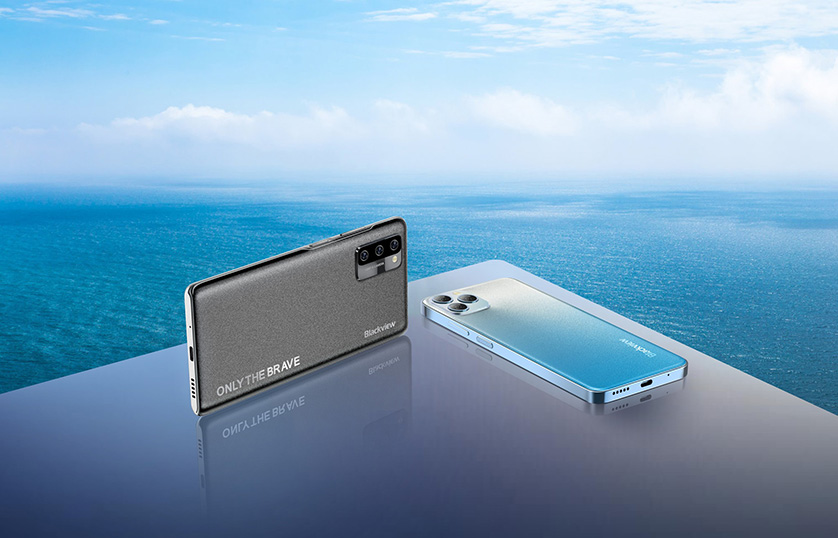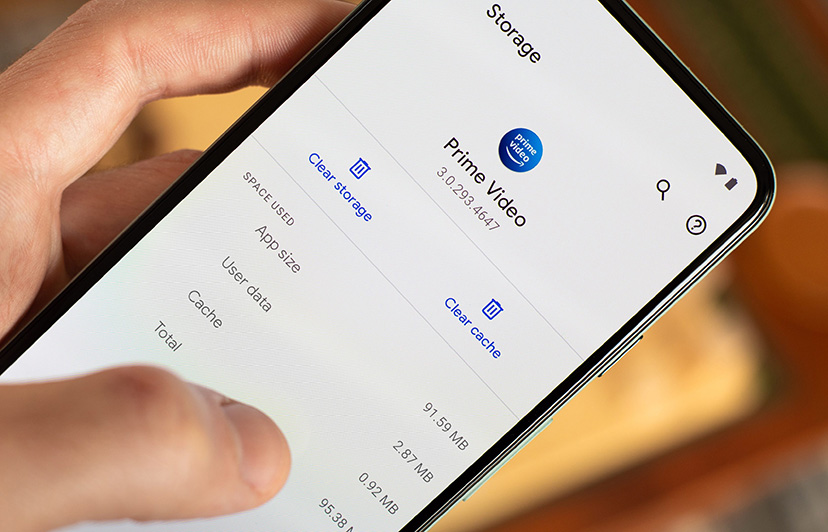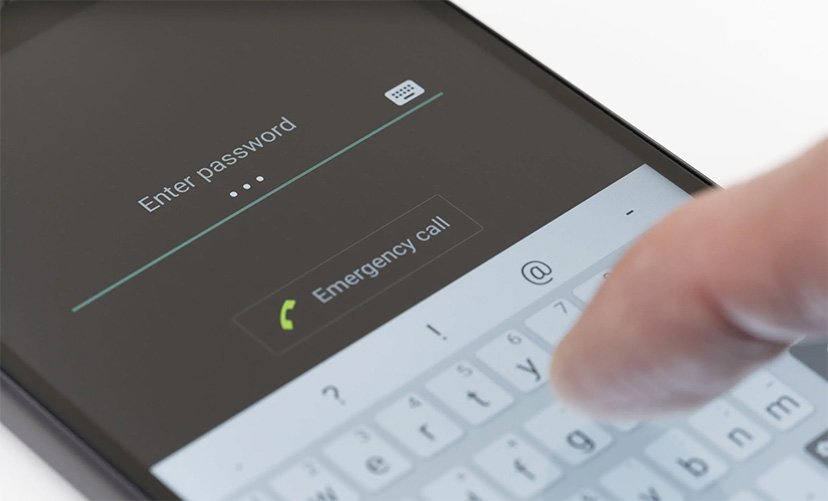How to use thermography to check water leaks in your house?
Useful tip for daily lives.
Welcome to Blackview (The famous rugged phone brand in the world) blog.
Can a thermal camera find water leaks? Yes. Water leaks can be a major problem in homes. They can cause damage to your property, increase your energy bills, and even lead to mold growth. If you suspect that you have a water leak, it is important to find it and fix it as soon as possible.

One way to find water leaks is to use thermal imaging. Thermal imaging cameras use heat signatures to create images of objects. This means that they can be used to see areas of your home that are warmer or cooler than the surrounding areas. This can be a helpful way to identify areas where there may be a water leak.
How to use thermal imaging to check for water leaks
To use thermal imaging to check for water leaks, you will need a thermal imaging camera or a thermal camera phone such as BL8800 Pro and BV8900. You can rent or buy a thermal imaging camera from a variety of retailers.
Once you have a thermal imaging camera, you can follow these steps to check for water leaks:
- Turn off the heat in your home. This will help to create a temperature difference between the areas with and without water leaks.
- Scan your home with the thermal imaging camera. Pay attention to areas that are warmer or cooler than the surrounding areas.
- If you find any areas that are warmer or cooler than the surrounding areas, investigate further. You may be able to see a water leak or moisture damage.
Conclusion
Using thermal imaging to check for water leaks can be a helpful way to find leaks that you may not be able to see with the naked eye. If you suspect that you have a water leak, it is a good idea to have a professional inspect your home with a thermal imaging camera.
Here are some additional tips for using thermal imaging to check for water leaks:
- Scan your home during the morning or evening, when the temperature difference between the areas with and without water leaks will be the greatest.
- Use a tripod to keep the thermal imaging camera steady. This will help to create clear images.
- Look for areas that are significantly warmer or cooler than the surrounding areas.
Read also,







